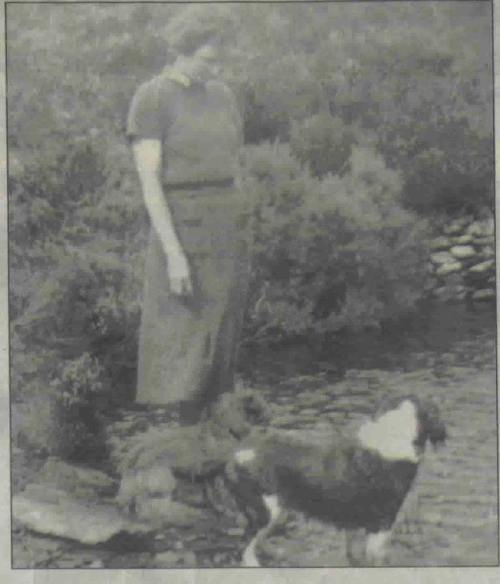Triple Tragedy: Carrigans 1938
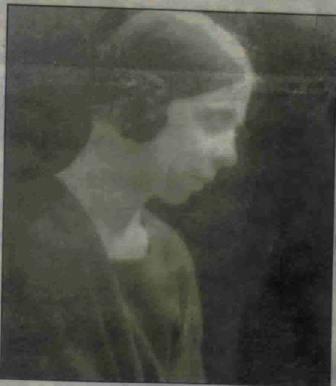 The
small village of Carrigans was shaken by a gruesome tragedy in September 1938.
The scene was Dunmore House.
The
small village of Carrigans was shaken by a gruesome tragedy in September 1938.
The scene was Dunmore House.
Back in those dark days, Dunmore House belonged to Colonel Robert Lyle McClintock. The Colonel was active in the Boer War and in World War 1
He married Jennie Margaret Casson-Walker (depicted left) on 11 Nov 1908. They had been both in India. Her mathematical speed and dexterity won her tremendous esteem. She was considered a genius in this field. She was one of the three daughters of Sir George Casson Walker.
The young couple had one child, a boy, William George known as William.
Monday, September 26th, 1938 was to be a day of celebration. A wedding with the lavish reception to follow it were to take place in Dunmore House. When the day came, it turned out to be a dark and numbing one. Instead of a day of joy it became a hell in which the McClintock family and the community pondered the grim events of the previous Saturday. Instead of a wedding, there were three funerals. Jennie the mother of the groom-to-be, William the groom-to-be and the bride-to-be.
Some time earlier, William proposed marriage to a 22 year old Devonshire girl called Margaret Helen Mackworth of Sidmouth. She accepted and the wedding date was duly set. The day of his 25th birthday was chosen - 26th of September. His mother strongly disapproved of the impending union. His father chose to say nothing.
William was a second lieutenant in the British Army. In April 1938, he was involved in a horse-riding accident at Sandown Park and fractured his neck. As a result he was paralysed severely. He spent three months in hospital in England. Dorothy Trotter and Joan Hawkey were appointed as his nurses. Dorothy took that position in June 1938.
William was put on a plane and brought back to Dunmore House. The two nurses came to Dunmore as did Helen Mackworth. The wedding preparations soon commenced. William didn't get out of his bedroom much. So he passed the long hours by talking to Helen, his mother and by singing.
On Saturday 24th September, William asked to be taken out in the fresh air to the walled garden in the grounds. The sun was shining. He was settled in a stretcher. He was writing a letter to his aunt.
The wedding cake had been set up in the dining room on the sideboard. This symbol of joy and family stood in contradiction of the terror that was to come.
William's mother Jennie left the house. She arrived in the garden armed and shot him in the head. Soon after, the body was found by his father.
Nurse Crumlish attended to him but he was beyond saving. She had been in Carrigans that day to deliver a baby as she was a midwife of the district. The body was taken into the house.
Jennie Margaret was not to be seen. Later her body was discovered by the tool shed in the garden. She had died through a self-inflicted shot to the head. The murder and suicide weapon lay by her side. Dorothy and a maid, Maggie Bradley, had found her.
Helen was distraught upon learning from Dorothy that her fiancé was dead.
Tragic William was placed in his bedroom.
Helen was subsequently discovered missing and to everyone's horror they found her wounded in the head from a gunshot in the bedroom where they had placed the body of William. She had shot herself in the head with his rifle and died an hour later of shock and haemorrhage.
No gunshots were heard at any time. There were no witnesses to any of the deaths.
The nurse Dorothy Trotter who knew Helen well
said that the girl had been declaring that if he died she would go with him.
Helen pined for the impossible and had deluded herself into believing that he would
recover from the paralysis. Perhaps this had an psychological effect on
her that unhinged her mind and his been shot dead drove her over the edge.
Helen had to deal with the fact that William George was getting worse and in
effect he was slowly dying but it would not sink in.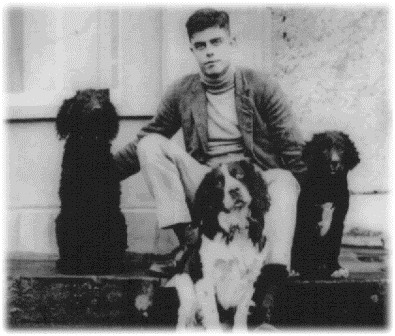
The bodies of Jennie Margaret McClintock and William George McClintock and Miss Helen Mackworth were interred in the Churchyard of Killea Parish Church, Carrigans. They were buried on the day chosen by the tragic couple for their wedding. September 26th 1938 brought sadness to the village not the joy of a marriage. Mackworth's dog Barney was put to sleep and buried with her.
The Inquest was held in the house on the evening of the deaths. The Colonel testified that his wife had suggested that he and she should both die suicide after killing William. He paid little attention to her and she stopped saying anything more about it. She had been raving at times within the previous three months. Her mind snapped probably because she felt that she would lose her son if she let him marry. She took the gun and then shot him in a state of unsound mind. Presumably she then proceeded to kill her husband but for some reason she couldn't carry it out. He according to Nurse Crumlish had been cutting a hedge on the estate at the time. So she may have given up on the idea.
The inquest concluded that Jennie had gone insane and shot her son in the garden, then shot herself dead and that Helen also died as a result of suicide.
Dorothy wrote a book that detailed the tragedy. She became Dorothy Meyrick. She visited the crime scene twice in the 90's with writer Ken McCormack. Soon after the deaths she had been instructed to burn everything that belonged to William George. His books and even his photographs ended up on this bonfire. She lit the bonfire in front of the house. Dorothy died at the age of 91 in 2004 in Wales.
Two former maids of the McClintocks, Mary and Martha, spoke to Mr McCormack at the time of his visits. They were the last to see Jennie alive.
The McClintocks left Dunmore in 1940. The Colonel died in 1943. He is interred with his wife and son in Carrigans. Colonel Robert Lyle McClintock is depicted below.
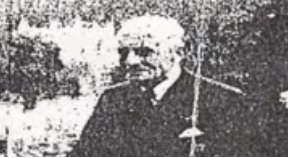
There is a strong and seemingly dependable oral tradition that Agatha Christie had stayed at Dunmore House as the guest of the McClintocks and had been introduced to some local people. Jennie Margaret Mc Clintock had a sister called Dorothy. Dorothy married Campbell Christie. Campbell Christie was Agatha Christie's brother-in-law ...
Jennie McClintock with her dogs below. She sent this photograph
to her friend Mrs Long.
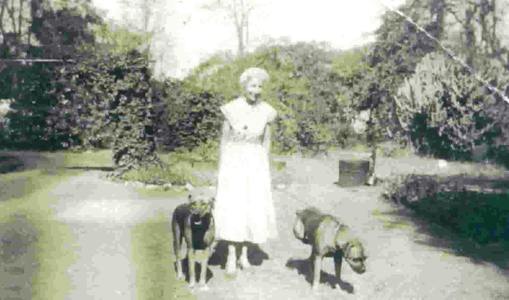
Jennie McClintock's handwriting on the back of the photograph
below
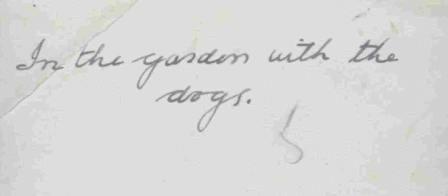

Helen Macworth
